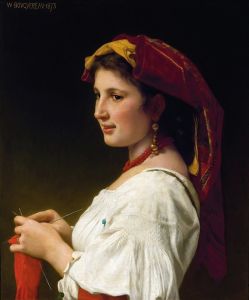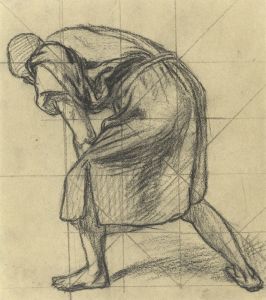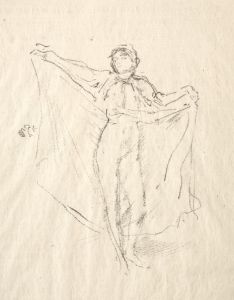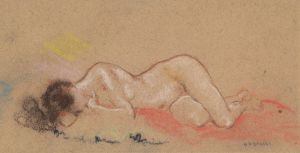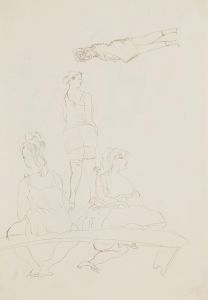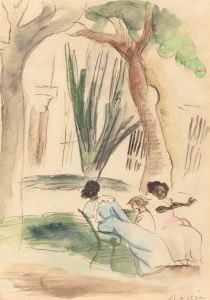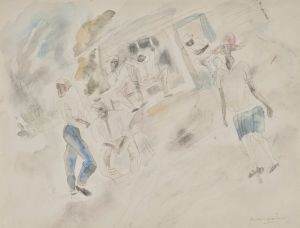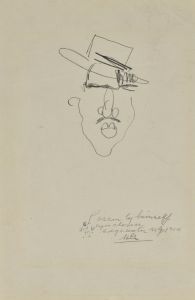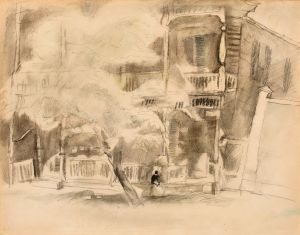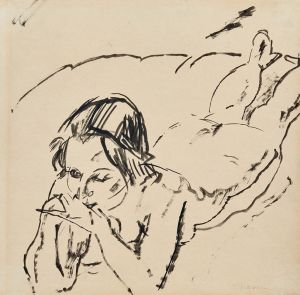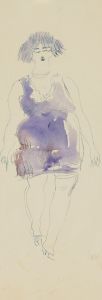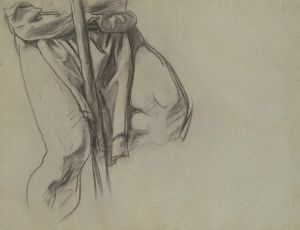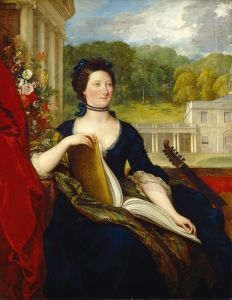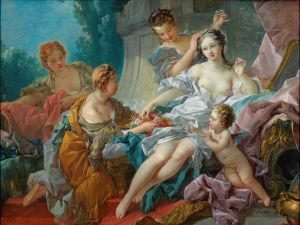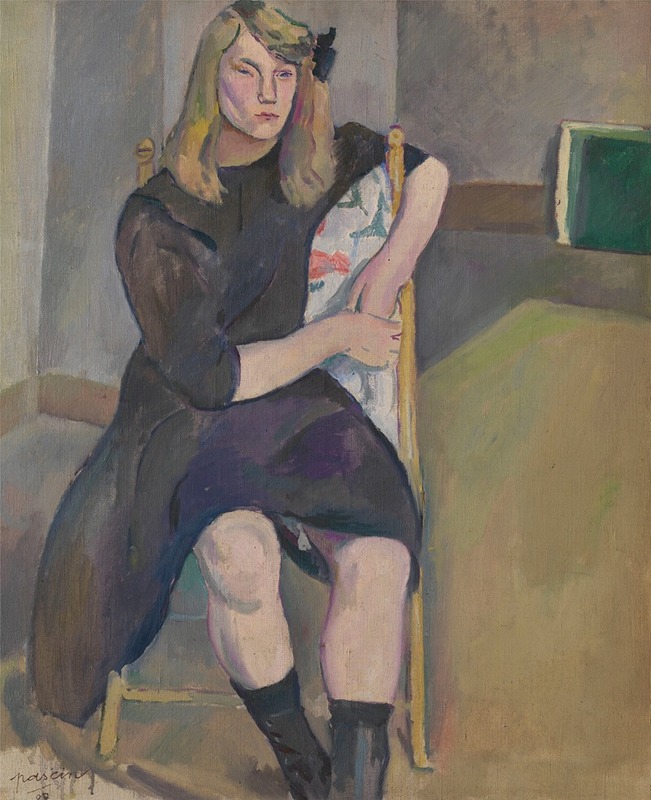
Little Jeanne
A hand-painted replica of Jules Pascin’s masterpiece Little Jeanne, meticulously crafted by professional artists to capture the true essence of the original. Each piece is created with museum-quality canvas and rare mineral pigments, carefully painted by experienced artists with delicate brushstrokes and rich, layered colors to perfectly recreate the texture of the original artwork. Unlike machine-printed reproductions, this hand-painted version brings the painting to life, infused with the artist’s emotions and skill in every stroke. Whether for personal collection or home decoration, it instantly elevates the artistic atmosphere of any space.
Jules Pascin, born Julius Mordecai Pincas in 1885, was a Bulgarian-born artist who became a prominent figure in the early 20th-century art scene. Known for his delicate and expressive style, Pascin's work often depicted figures, portraits, and scenes from everyday life. One of his notable works is "Little Jeanne," a painting that exemplifies his unique approach to capturing the human form and emotion.
"Little Jeanne" is a portrait that reflects Pascin's characteristic style, which blends elements of Impressionism and Expressionism. His use of soft, flowing lines and a muted color palette creates an intimate and tender portrayal of the subject. The painting is believed to have been created during Pascin's time in Paris, where he was part of the vibrant Montparnasse art community. This period was crucial for Pascin's development as an artist, as he interacted with other influential artists and absorbed various artistic influences.
The subject of "Little Jeanne" is a young girl, depicted with a sense of innocence and vulnerability. Pascin's ability to convey emotion through subtle facial expressions and body language is evident in this work. The painting's composition is simple yet effective, focusing on the subject without any distracting background elements. This approach allows viewers to connect directly with the subject, emphasizing the emotional depth of the portrait.
Pascin's technique in "Little Jeanne" involves the use of light brushstrokes and a delicate application of color. This method creates a sense of softness and fluidity, which is a hallmark of his style. The painting's color scheme is understated, with gentle hues that enhance the overall mood of the piece. Pascin often employed this technique to evoke a sense of nostalgia and introspection in his portraits.
Throughout his career, Pascin was known for his ability to capture the essence of his subjects, often portraying them with a sense of empathy and understanding. "Little Jeanne" is a testament to this skill, as it reflects his deep appreciation for the human condition. The painting is not just a representation of a young girl but also an exploration of the complexities of childhood and the fleeting nature of innocence.
Jules Pascin's work, including "Little Jeanne," has been exhibited in various galleries and museums worldwide, contributing to his legacy as a significant figure in modern art. Despite facing personal struggles and a tumultuous life, Pascin's artistic contributions continue to be celebrated for their emotional depth and technical mastery.
In summary, "Little Jeanne" by Jules Pascin is a poignant example of the artist's ability to convey emotion and character through his distinctive style. The painting remains an important part of Pascin's oeuvre, showcasing his talent for capturing the subtle nuances of human expression and his enduring impact on the art world.





